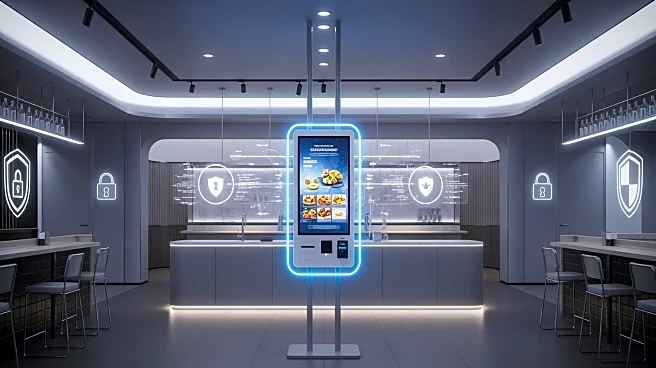What's Happening?
As restaurants increasingly adopt digital technologies to enhance operations and customer experience, they are facing new cybersecurity risks. The integration of connected kitchen sensors, digital ordering
systems, and contactless payment solutions has streamlined workflows but also expanded potential entry points for cybercriminals. Many restaurant operators still view technology as a back-office issue, rather than a critical business function affecting all areas of operation. The modern restaurant's digital ecosystem now includes digital ordering platforms, smart kitchen devices, and integrated data systems, each introducing new vulnerabilities. Ransomware attacks are becoming more frequent, with the average cost of a cyberattack exceeding $3.3 million.
Why It's Important?
The growing reliance on digital systems in the restaurant industry underscores the need for robust cybersecurity measures. A single cyberattack can lead to business interruption, reputational damage, and financial loss, which comprehensive insurance may not fully cover. Restaurants must approach technology and cybersecurity as integral components of their operational risk management strategy. This includes vendor oversight, staff preparedness, and incident response planning. Cyber insurance has become essential, helping cover breach response costs and system restoration. Despite the risks, many restaurant operators underestimate the likelihood and cost of cyberattacks, highlighting the need for increased awareness and proactive measures.
What's Next?
Restaurants are encouraged to strengthen internal protocols and continuity planning, ensuring staff are prepared to respond to system outages or data breaches. Tailored cybersecurity training for employees can prevent incidents, with front-line workers receiving safety refreshers and managers undergoing deeper training. Partnering with experienced insurance advisors can help restaurants assess cyber exposures and structure a risk management plan that supports innovation and resilience. As digital systems become central to operations, managing the risks they introduce is critical to protecting profitability and customer trust.











